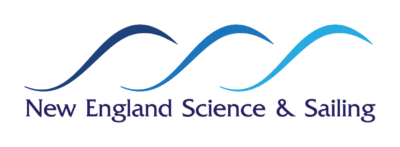Creature Feature: Horseshoe Crabs

We had many exciting moments here at NESS during our summer camp season, but one of my personal favorites involves some living fossils. Sea FitNESS had cruised over to Sandy Point for some boogie boarding and two campers took a quick break for some sand castle building. The girls were digging close to where the waves were breaking on the shore and suddenly I heard, “OH GROSS! Fish eggs!”. I approached the girls and looked in the hole they were digging. I picked up some of the tiny, firm, transparent orbs, they didn’t seem like fish eggs. With the help of Hula Popper (aka Caleb), we identified these eggs were in fact those of horseshoe crabs! We were lucky enough to even see some tiny hatchlings zooming around.
Horseshoe crabs (Limulus polyphemus), what makes them so special? They are living dinosaurs, these creatures have been on earth for over 300 million years. Contrary to their name, horseshoe crabs are more closely related to spider than true crabs. These animals have ten eyes and a shell so hard that only sharks and sea turtles can crack it! Today, there are only four surviving species of horseshoe crabs. Horseshoe crabs have an importance to people as well as animals that share their ecosystem. Their unique blue blood is used in pharmaceutical medicine. In nature, horseshoe crabs make up over 50% of seabird diets.
NESS has a special relationship with these amazing creatures. We have assisted Project Limulus in conjunction with Sacred Heart University from 2011-2017. Project Limulus works to understand the horseshoe crab population in Long Island Sound. NESS educators have volunteered to search for horseshoe crabs in the area to tag. When tagging the animals, we record where they are found, whether they are males or females, and the size of their carapace (shell). If we find animals that have tags already, we record their information as well! This information helps researchers understand if horseshoe crabs come back to the same beaches to mate, whether populations are increasing, what the ratio of adult males to females is, average size, and average ages. Shout out to Project Limulus for helping us better understand our ocean animal neighbors of LIS!
Thanks to our former AmeriCorps Member and current Administrative Assistant Lilia Trissler for writing this post!
